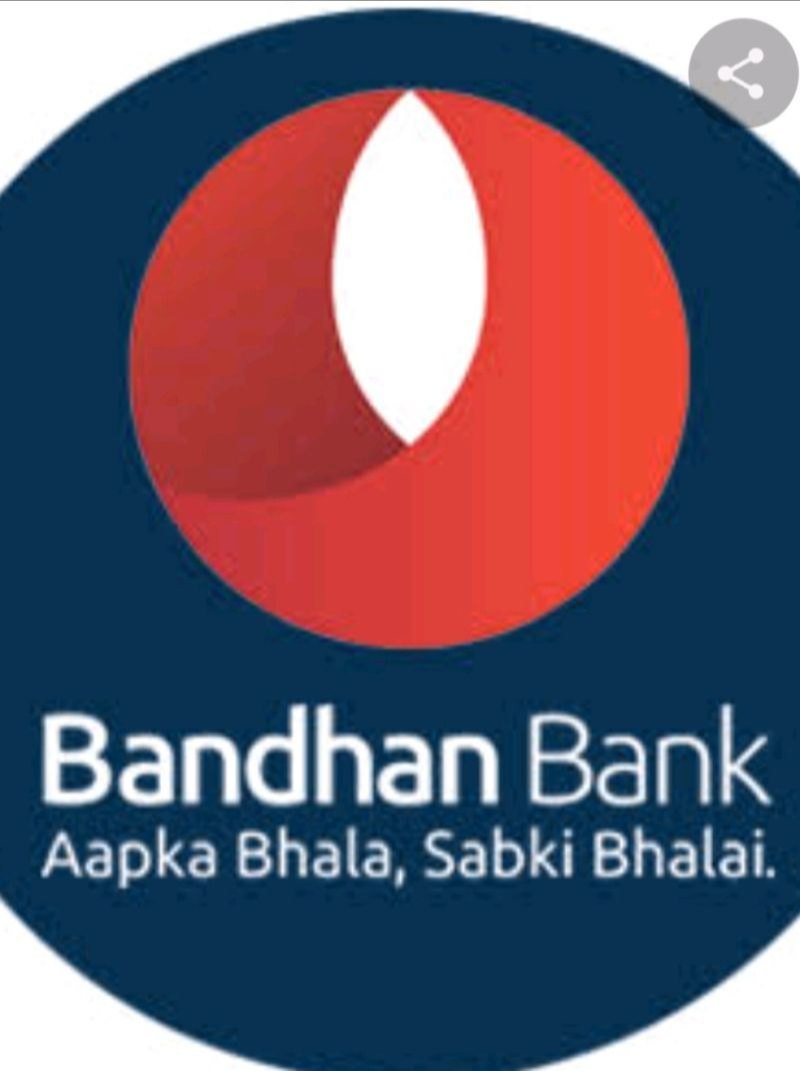Key Insights:
Regulatory Impact – RBI’s loan restrictions threaten Bandhan Bank’s microfinance growth and revenue.
Diversification Strategy – Expanding into secured loans and new markets to reduce microfinance dependence.
Profitability Strain – Net profit dropped 41.8% despite income growth due to microfinance risks and provisions. Operational Measures – Stricter lending policies aim to improve asset quality but limit short-term expansion.
Buzzplus Bureau, Jan 31: Bandhan Bank, headquartered in Kolkata, India, has its roots deeply embedded in microfinance. Established as a microfinance institution (MFI), it transitioned into a universal bank on August 23, 2015.his evolution was seen as a significant endorsement of the microfinance sector by the Reserve Bank of India (RBI).ver the years, Bandhan Bank has maintained a substantial focus on microfinance, which currently accounts for approximately 42% of its total lending portfolio. Regulatory Interventions and Their Implications
In November 2024, the RBI issued informal directives to lenders, instructing them to halt the issuance of new microfinance loans to borrowers with existing unpaid loans. This move aims to curb practices such as “evergreening,” where new loans are extended to repay existing ones, thereby obscuring the true status of non-performing assets. While intended to promote responsible lending, this directive poses significant challenges for institutions like Bandhan Bank, which have a substantial microfinance portfolio
Bandhan Bank’s Proactive Measures
n response to the evolving regulatory landscape and inherent risks in microfinance lending, Bandhan Bank has implemented several stringent measures:
- QR-Based Repayment Facilities: o enhance repayment efficiency and transparency, the bank has introduced QR-based repayment options for microfinance customers.
- Debt Limitation: cap has been set, allowing borrowers to have loans from a maximum of three lenders, including Bandhan Bank.
- Unsecured Loan Ceiling: he total unsecured loans for a borrower are now capped at ₹2 lakh.
- Strict Lending Criteria: he bank has decided not to extend loans to borrowers who have previously defaulted for more than 30 days. These measures are designed to mitigate loan slippages and promote responsible lending practices. However, they may also constrain the bank’s ability to expand its microfinance business in the short term. Strategic Diversification: A Secular Approach
Recognizing the challenges in the microfinance sector, Bandhan Bank is pivoting towards a more diversified lending strategy. The bank plans to expand its focus into retail banking, home and gold loans, and commercial loans. This “secular approach” aims to balance the bank’s portfolio by increasing the share of secured loans, thereby reducing reliance on the more volatile microfinance segment.
Financial Performance Amidst Challenges
n the third quarter of the fiscal year 2024-25, Bandhan Bank reported a net profit of ₹426.5 crore, a 41.8% decline from ₹732.7 crore in the same quarter of the previous year.his decrease is attributed to elevated risks in the industry, employee stock ownership plan (ESOP) allocations, and provisions and write-downs in its microfinance business. espite the decline in net profit, the bank’s core operations have shown resilience:
- Net Interest Income (NII): ncreased by 12% year-on-year to ₹2,830 crore, up from ₹2,525 crore in Q3 FY24.
- Gross Advances: rew by 13.9% year-on-year, reaching ₹1.32 lakh crore, primarily driven by a 34% increase in secured loans.
- Asset Quality: ross Non-Performing Assets (GNPA) decreased by 24.1% to ₹6,179 crore, while Net NPA reduced by 32.9% to ₹1,637 crore, indicating improvements in asset quality.
The Potential Fall Out
The RBI’s intervention in November 2024 fundamentally alters the operating environment for microfinance institutions, particularly for Bandhan Bank, which derives 42% of its total lending from this sector. By restricting new loans to borrowers with existing unpaid debts, the directive directly impacts Bandhan Bank’s core customer base, many of whom rely on rolling credit to sustain livelihoods. This restriction may lead to a contraction in loan disbursements, affecting both revenue growth and portfolio expansion.
Moreover, Bandhan Bank’s proactive measures, including debt caps and stricter lending criteria, will likely reduce loan slippages but could also result in customer attrition. Many microfinance borrowers, now unable to secure additional funding, may turn to informal lending channels, increasing their financial vulnerability. The cap on unsecured loans at ₹2 lakh further limits credit availability for small entrepreneurs, potentially slowing down grassroots economic activities in Bandhan Bank’s key operational areas, particularly in eastern and northeastern India.
In the long term, these regulatory and internal measures may improve asset quality and reduce bad debt accumulation. However, in the short term, they present significant headwinds for Bandhan Bank’s microfinance business, necessitating a strategic pivot toward secured lending products such as home, gold, and commercial loans to sustain overall profitability.
Geographical Expansion Plans
o further its diversification strategy, Bandhan Bank plans to open 200 new branches, primarily in southern Indian cities. Traditionally, the bank’s operations have been concentrated in eastern and northeastern states, including West Bengal, Assam, and Bihar.his expansion aims to tap into new markets and reduce geographical concentration risks.
Partha Pratim Sengupta, Managing Director & CEO of Bandhan Bank, acknowledged the cyclical challenges in the microfinance sector during the announcement of the third-quarter results.e stated, “The microfinance sector is undergoing a cyclical phase of challenges, which we expect to persist into the fourth quarter of FY2024-25.”engupta emphasized that while microfinance will continue to be a valuable asset for the company, the bank is committed to focusing on all sectors to ensure balanced growth. He also noted that the banking industry across India is experiencing signs of delinquencies, and Bandhan Bank is no exception.
Industry-Wide Challenges
The microfinance sector in India is currently facing heightened stress, with increased defaults observed across various lenders. The RBI’s recent interventions, including barring certain non-banking financial companies (NBFCs) from issuing new loans due to non-compliance with lending norms, reflect the regulator’s intent to promote responsible lending and protect borrower interests.
Bandhan Bank’s proactive measures and strategic shift towards diversified lending indicate a prudent approach to navigating the challenges in the microfinance sector. By enhancing lending practices and expanding into secured loan segments, the bank aims to mitigate risks associated with its traditional microfinance portfolio. However, this transition requires careful execution to maintain profitability and asset quality. The planned geographical expansion into southern India presents opportunities for growth but also necessitates a deep understanding of new markets to ensure sustainable operations. n conclusion, while Bandhan Bank faces significant challenges in expanding its microfinance business due to regulatory changes and sectoral stress, its strategic initiatives towards diversification and responsible lending position it to navigate these headwinds effectively. The bank’s ability to adapt to the evolving financial landscape will be crucial in sustaining its growth trajectory and maintaining stakeholder confidence.




